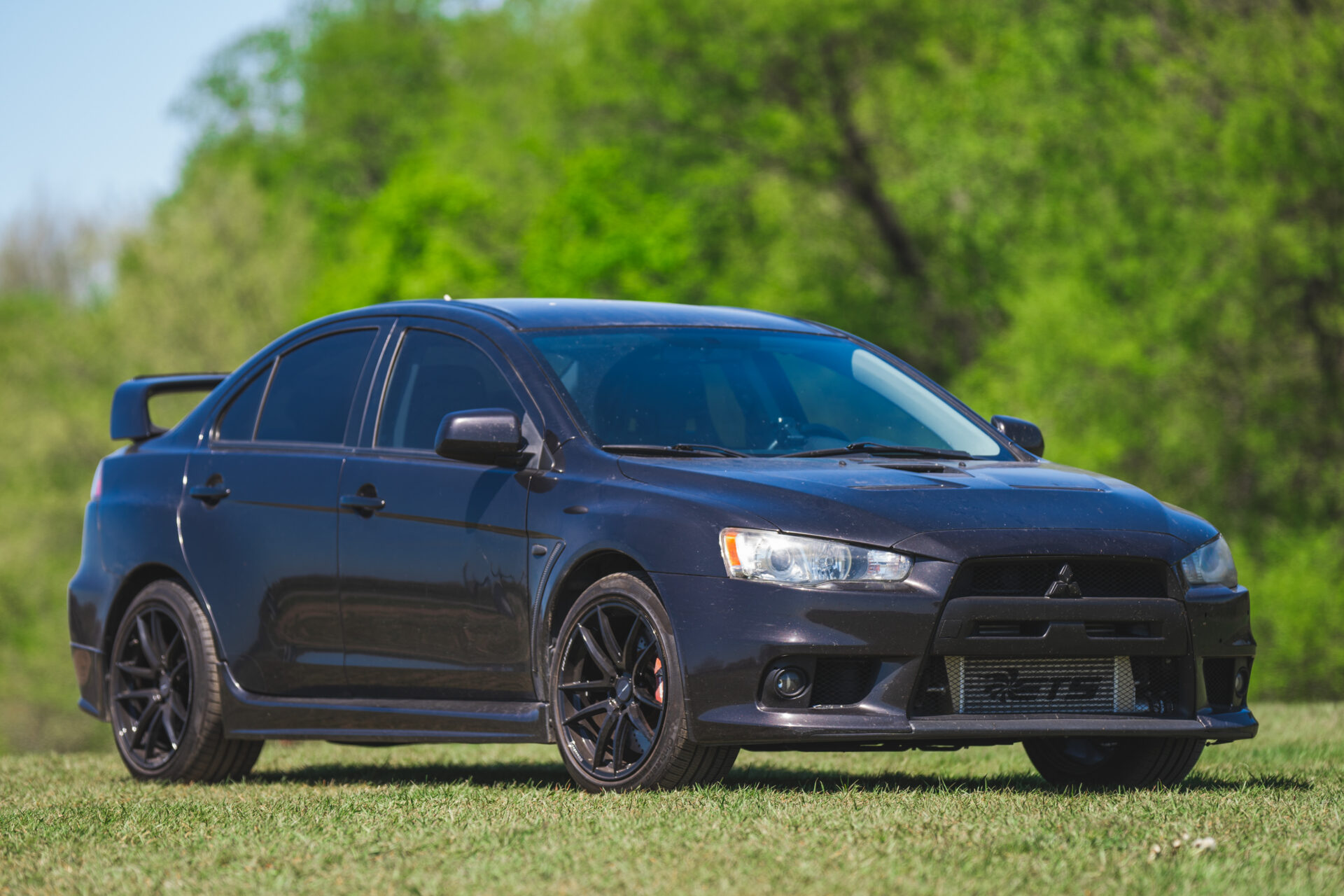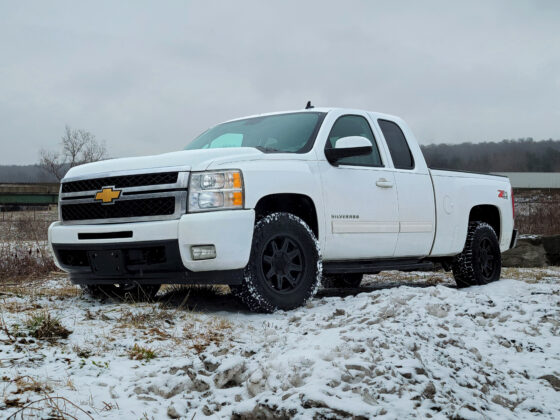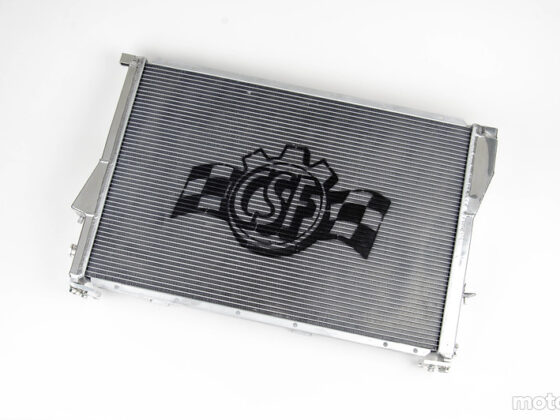Turns out, braking is just as important as acceleration when out on the track. Who knew?! In today’s update to the Impossible Evo X, we tackle the brake system. Truth be told, it wasn’t until the end of 2022 that I actually knew what good braking felt like. Up until recently, every car I have experienced has been mediocre while braking in one way or another. Our old time attack Evo VII brakes always felt underwhelming and braking Gs were never amazing, but that car was a record breaker, so I didn’t think much of it. The Project Mazda Miata brakes felt great, but that car had so little power, that without epic speeds, absolute stopping power was never really tested. Then I got to drive our out-of-retirement Pro Awe Evo VIII time attack car during Global Time Attack Finals at Buttonwillow, which was my first time experiencing 2+ Gs of braking! Holy crap, that was an eye opening experience and I knew it was what I needed to strive for in all future builds. That being said, I was concerned. What was the recipe for success and how would I achieve it again?


In the braking department, the Evo X MR has a lot of positives going for it. Massive 2-piece rotors in the front, with fixed Brembo calipers all around. The only real negative is the car’s weight. Sadly, with my Evo MR, someone took the fancy Brembo 2-piece rotors off and replaced them with cheapo drilled and slotted units. Overall though, with such a good platform to start with, crazy upgrades to the basic system aren’t needed as long as what is already there is optimized.

My first goal when working on the brakes was to find OEM floating hats. I got extra lucky and found a gentleman with used and cheap 2-piece factory rotors that were worn-out, but able to be rebuilt. Searching through the depths of the internet, I found out Disc Brakes Australia has a bolt-on replacement rotor for the OEM Evo X MR rotor hat. The only problem was that it was listed in the Australian catalog and not the US one. Luckily, Pro Awe has worked with DBA for years on our main time attack car and I dialed up an old contact that said I could get a set if I was patient. I had no problem waiting and DBA came through with exactly what I wanted!






5 comments
Sick brake ducts and other parts. Quality brake parts are $$$ so kudos to you for being padded enough to upgrade.
Where are the thermo-couples placed? I’ve always used temperature paint on the rotors to help select brake compounds.
The thermocouples will fit into a small hole drilled into the brake pads. They sit just below the surface of the pad.
What is the part number for the Brembo hardware? I am going to do this on my GSR, so thank you for the guidance!
I don’t have a part number but they are Brembo H Bobbin kits. I am fairly certain this is the right one, but I can’t find my receipt. https://paragonbrakes.com/h-bobbin-rotor-attachment-complete-hardware-kit/